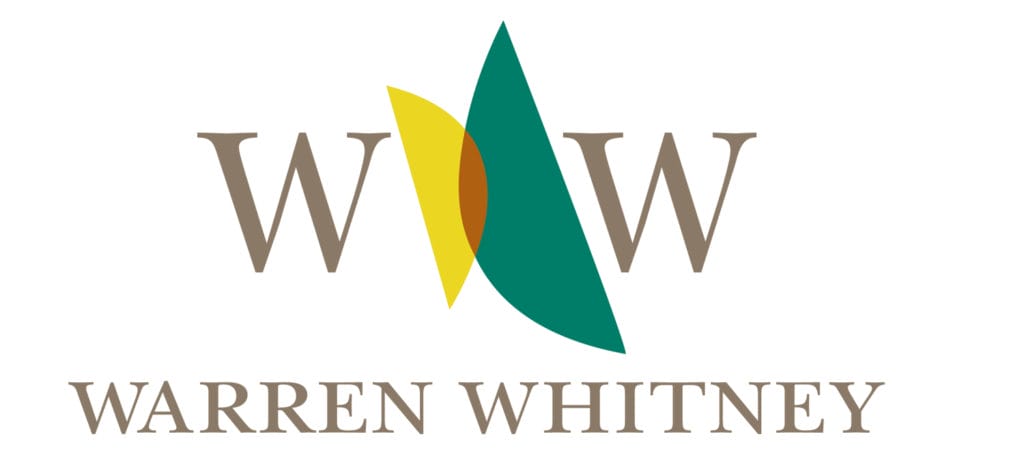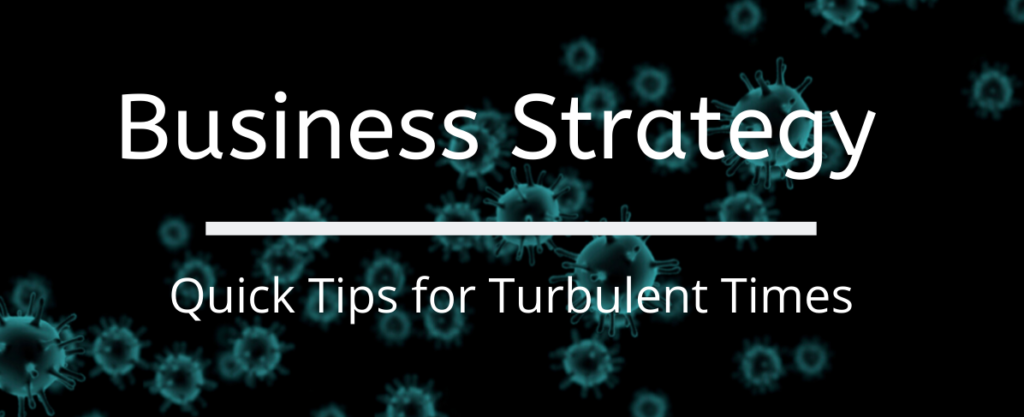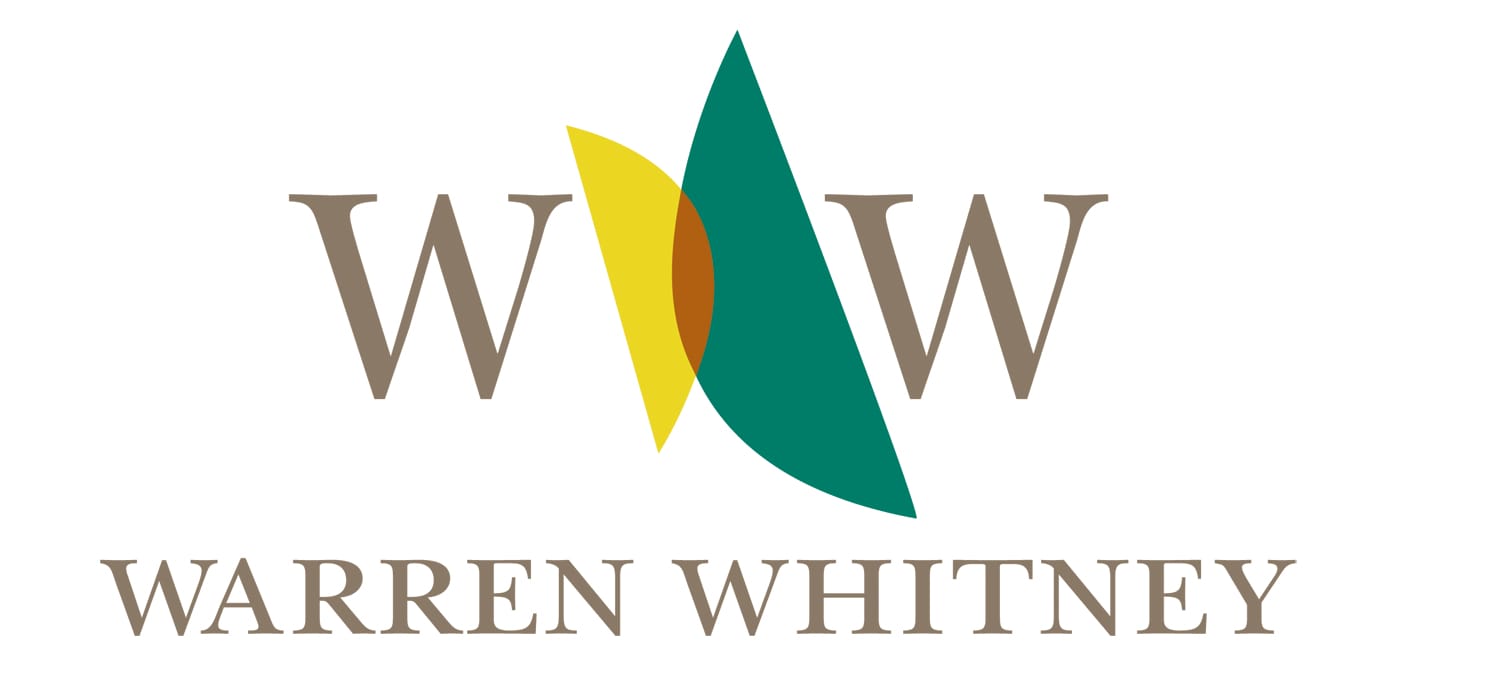How to Navigate and Protect Your Business for a Smooth Transition
As Virginia starts a phased reopening by easing “stay at home restrictions,” businesses need a well-thought-out transition plan. Your plan should take into consideration not only your employees’ and customers’ health and safety, but also fiscal stability, strategic direction, and technology. This multi-layered plan must address regulations, the environment, and internal communications as well as the emotional well-being of your employees. Flexibility is critical, and your business will need to be positioned to respond to a changing landscape as the situation evolves.
When devising your plan, consider these pieces of advice.
HUMAN RESOURCES
Prepare for the Physical Workplace
- Give your office a post-pandemic makeover! Normalize the “6 feet rule” in the office and consider providing the baseline of PPE such as masks, gloves, and hand sanitizer.
- Regularly clean the worksite and follow the CDC guidelines. Consider hiring an industrial cleaning company or ask your existing professional cleaner about their standards.
- When planning the return to the office, consider:
-
- Flexible schedules to include part-time in the office and teleworking
- Create odd/even workdays in the office
- Stagger start and end times
- Designate days for specific work to be completed
It is important to note that doing everything possible to make the workplace clean demonstrates your commitment to maintaining a safe environment. This will build confidence and reduce the tension employees may have about returning to the workplace while COVID-19 concerns continue.
Focus on Internal Communications
- Communicate your organization’s policy explaining the protocol. Transparency is key; include the thought process of how and why you devised the policy.
- Make sure the policy is easily and readily accessible both online and in the workplace.
- Survey your employees regularly to understand their main concerns and that their voice is valued (i.e. survey monkey, calls, focus groups).
- Build a desire for workers to return to work and explain why especially if employees are successful at teleworking.
- Keep employees engaged and mentally healthy. An example could be collaborating with a local gym for virtual yoga classes.
Over communicate the safety protocols as the workforce re-enters the physical workplace. Employees will feel secure knowing management has considered federal guidance and is establishing procedures to develop a culture of safety.
Refer to the state guidelines (PDF). External guidelines can help bridge the gap between varying employee opinions.
FINANCE & ACCOUNTING
Manage Internal Controls
- Make sure internal controls continue to be practiced especially in the remote working environment.
- Investigate new ways to accomplish signature and approval responsibilities.
- Evaluate how receipts have been handled in light of “working-at-home.” Who is proofing cash receipts? How are deposits made and who makes them?
- Continue to communicate the controls and review of policy requirements.
- Review by-laws for borrowing/banking transactions requiring board involvement.
- Ensure all bank reconciliations have been prepared and company credit card receipts have been documented.
- Make sure all mail has been reviewed and time-sensitive items have been handled.
- Determine a rotating schedule on personnel to ensure there is at least one person in the accounting department who can be physically present the majority of the week.
- Take your ledger to the cloud (i.e. QuickBooks Online or remote access).
Establish Fiscal Stability
- Continue to forecast cash flow and report out with your team weekly.
- Run various forecasting scenarios to reflect potential best and worst-case scenarios.
- Rebuild your operating cash reserve. If you recently took shortcuts, document where you mitigated risk. It is easier to remember now than when you are being audited.
- Monitor PPP forgiveness and everchanging rules for new SBA loans.
- Develop a strategy to: improve liquidity, build working capital reserves, and access credit facilities. There is no guarantee there will be an additional aggressive stimulus package.
STRATEGY
Document Lessons Learned
- Do your post mortems. What did you learn that would have been helpful had you put it in place beforehand? Can you do it now and be more prepared if/when we are forced back into lockdown?
- Record your organization’s strengths and build action steps around weaknesses, threats and opportunities.
Position for Success
- Evaluate business partnership and merger opportunities to ensure the relevancy and strength of your organization.
- Consider potential alternative revenue streams. Work with your team and board to identify innovative and creative strategies that are mission-aligned to retain your organization’s relevancy and success.
- Bring new thought leaders to the table to help reposition your organization in innovative ways.
- Consider a mini-board retreat to reevalute and modifiy your strategic plan.
TECHNOLOGY & OPERATIONS
Understanding Your Technology
- Survey management and staff to identify issues with technology and processes; record these issues (small or large – either may cause bigger problems).
- Evaluate your relationships with your vendor partners. Ask yourself:
- Can they support technology changes?
- How will we be impacted if they go out of business?
- Will my business have the rights to continue using software provided by the vendor?
- Regularly review your information security and technical risks. With malicious activity on the rise, risks need to be addressed by a combination of policies, technology, manual controls, training, and knowledgeable support staff.
Plan for Change
- Be prepared to address new customer and partner expectations.
- Re-consider new technology that has been put off that may help stabilize operations. Evalute the short and long-term benefits of the technology changes. If choosing to upgrade, be patient when training employees and remember this is a huge change for all involved.
- Think outside the box when resolving issues or ways to increase efficiencies. Even if you are not ready to make changes now, do the research so you are prepared to react when needed.

Warren Whitney is a results-oriented management consulting firm based in Richmond, Virginia who is dedicated to serving privately held and nonprofit organizations in four areas: Strategy, Finance/Accounting, HR, and IT.
Editors note: Image and content provided by Warren Whitney. This post article was originally posted here. Warren Whitney is a Sponsor of Virginia Council of CEOs.
COVID-19 Strategy: Why Talking to Your Banker Now Is Important

You heard it here first: Your fears and concerns are valid, and the anxiety and stress about keeping your business afloat during the COVID-19 pandemic is legitimate and understandable.
If there were easy answers, or answers at all right now, you would most likely be getting them from all different angles. The entire country is in a state of limbo, and not many people thrive on uncertainty especially when it relates to the well-being of employees, businesses, and families.
How is it possible that there is so much demand for your product or service at the moment, but you are not even able to sell it? Though bankers are not therapists, it is appropriate to tell you that IT IS OK TO FEEL ANXIOUS RIGHT NOW!
So what is the best approach to deal with your banking partner and anxieties around the health of your company during a time like this? Below are a few points that might help you work through this time with your banker:
#1) Let’s talk!
Very simply, pick up the phone and call your banker (who probably should have proactively already called you by now anyway). The bank wants to hear from you.
As bankers, we often believe that we know exactly what is going on in the market. And while we are sometimes correct, we may not know exactly what is going on with YOUR market. We want to hear about your struggles, concerns, and outlook.
And make sure to interview your banker as well. Like you, our worlds are changing very rapidly, and guidance from Federal regulators is pouring in daily. It is important for you to have an honest conversation with your banker about their desire to continue to work through customer cash flow challenges, the bank’s ability to handle a downturn, and if new lending is a possibility. Though answers might change quickly, continuing to have an honest relationship may help to assuage any fears that both parties are having.
#2) Plan
With the ever-changing environment in which we are living today, this might be the hardest action item. Determining a plan with so many unanswered questions can feel like trying to hit a moving target, but it is important to do the best you can.
Plans may include such things as understanding how to reduce costs if revenues fall, liquidating assets to maintain cash in an effort to fund operations, or identifying capital sources that will negate incurred losses.
From a banking standpoint, it could be beneficial to speak with your banker about the opportunity to temporarily move to interest-only monthly payments that relieve debt service obligations in the near-term, deferred payments for a specified period of time, or interest rate relief for an interim timeframe. Many well-capitalized banks are willing and able to work with the customers that are feeling the pains of the COVID-19 outbreak, and Federal regulators are currently encouraging collaboration between banks and businesses to help borrowers adjust to changes.
#3) Find alternatives
Both small and large business owners are in the process of searching for alternatives to supplement declining revenues related to the pandemic. From automakers manufacturing necessary ventilators to restaurants moving to takeout menus and even breweries and distilleries producing hand sanitizer, businesses are pivoting to alternative opportunistic revenue streams.
This might be the right time to find an alternative for your business and your workforce to further operations. From a financing standpoint, it could be a good time to visit the Small Business Administration’s website (www.sba.gov) to understand lending options that are not readily available by your bank but can provide temporary, flexible financing relief.
#4) Let’s talk (again)!
Keep communicating with your banker. Just because you had an initial call or meeting does not mean that you have to stop there. As the slowdown continues, your banker will be very interested in how you are handling the downturn and, hopefully, how the bank can help. It will also be important for you to hear bank and regulatory updates as they are available.
There may not seem like easy answers to all of our questions right now, but try to remember that your financial institution is a partner in your company. While we share in your present anxieties and uncertainties, many bankers want to work with business partners to weather the economic storm related to COVID-19.
Like us, understand that your stress is real but that frequent communication with your banker can help to establish the right plan for withstanding the pandemic while setting you up for future viability. Banks and businesses should always remember that we cannot win without each other.

Matt Paciocco is a Senior Vice President, Commercial Banker with Virginia Commonwealth Bank (VCB). Matt is passionate about working in a community bank that enables him to build strong relationships with his business customers and the surrounding communities. Matt has spent the last 15 years specializing in commercial banking and has positioned himself as a leading community banker in Richmond.
Editor’s note: Content provided by Virginia Commonwealth Bank (VCB). VCB is a Sponsor of VA Council of CEOs.
Learning How to Operate in Our New Business World

During the COVID-19 global health crisis, we are forced to adapt to a new way of life. Here’s how to start thinking strategically to best navigate through these uncharted waters.
DEVELOP A MULTI-LAYERED FINANCIAL PLAN.
You need to understand the financial implications and to act quickly. What happens if business reduction lasts for weeks? Or longer? Consider various “what-if” scenarios. Inquire about your business interruption insurance. Do you have an existing policy with dread disease coverage? Be sure to review the following:
- Expenses – by line item and due date
- Cash flow – How much cash do you have on hand? How much do you need?
- Accounts receivable and collection efforts
- Accounts payable — be in communication with your vendors regarding delays
BEWARE OF HACKERS AND CONSIDER CYBER SECURITY INSURANCE.
With companies quickly moving to remote work environments, hackers are aggressively looking to exploit any flaws. Be diligent and don’t click on links from unknown sources. It is not too late to talk to your broker about getting insurance for cyber security or social engineering policies.
REFER TO YOUR COMPANY “EMERGENCY OR DISASTER RECOVERY PLANS”.
This should include policies regarding:
- Remote work.
- Who is “essential personnel” to adequately keep the business running.
- Paid time off and how it can be handled. Employees can file for unemployment if their office is closed and they are not getting paid time off. They do not have to be in a terminated status to file for unemployment.
- Allowing employees to stay home if they are scared, at-risk or uncomfortable at work.
REMOTE WORK IS DIFFERENT FROM OFFICE WORK.
Employees need to set their own schedules and be able to deal with different distractions (e.g. kids, phone calls, etc.). Don’t underestimate the change and potential impact. Clearly communicate who employees should call with questions or issues, during and after work hours.
THINK CREATIVELY.
In these uncertain times, you may need to be creative. This will mean different things for different companies. Consider unique ways you can make your business stronger.
BRING THE WORK YOU DO TO THE DIGITAL FRONTIER.
How can your business adapt to offer services digitally? For example, on-line teaching classes, or offering webinars. The goal is to keep your business top of mind.
CONSIDER CLOUD ACCOUNTING SYSTEMS.
To allow for accounting data to be easily accessible, consider cloud-based accounting systems. In cloud computing, users access software applications remotely though the Internet. Remember to ensure adequate security protection.
KEEP WORKING.
Unless you have been asked not to work at all (e.g., some non-exempt positions), keep working, most likely from home. Utilize smart tools and practice healthy habits. Limit social engagement and leverage technology.
REMEMBER THE BASICS.
Password protection and current anti-virus systems are critical for remote devices, even if they are owned by the employee and not controlled by the company.
Companies need to consider whether remote users will be able to print or store any confidential information on their laptops or Home PCs. Tools are available that can prevent downloading or printing of any information from personal devices.
EMBRACE SCREEN SHARING, AUDIO/VIDEO CONFERENCING, AND REMOTE ACCESS SOFTWARE.
There are many software options to choose from; some are paid services, but several are free. Here are examples of systems that are commonly used:
- Zoom
- Microsoft Teams
- Skype
- Google Hangouts
- TeamViewer
- Join.me
- GoToMeeting
- Web Ex
- Slack
- VPN Connections
- UBER Conference
- Chrome Remote Desktop
- Windows Remote Desktop
About Warren Whitney
Warren Whitney is a results-oriented management consulting firm based in Richmond, Virginia who is dedicated to serving privately held and nonprofit organizations in four areas: Strategy, Finance/Accounting, HR, and IT.
Editors note: Image and content provided by Warren Whitney. This post article was originally posted here. Warren Whitney is a Sponsor of Virginia Council of CEOs.
Quick Tips for Successfully Managing Turbulent Times

These are unprecedented and turbulent times. COVID-19 will pass and organizations will need to have the right plans and people in place to continue to survive and thrive. Focus on these four things when navigating crisis times in business:
1) Strategy
- Don’t panic, but don’t ignore what’s going on around you – Writing down the things that have changed for you and taking your best estimate at the dollar magnitude really helps put things into perspective. Look at added costs, declines in revenue and the value of assets.
- Communicate, communicate, communicate – Be present and make sure you do everything possible to eliminate surprises with your stakeholders. You don’t have to have all the answers but being silent is not good.
- Find ways to play some offense – Are there things you can do to change your delivery method or go-to-market strategy to buy time? Are there ways to create a temporary stand still? Where can you pivot? Think outside the norms.
2) Finance & Accounting
- Cash is king – Know your liquidity position, no matter what! Map out your cash flows for the next 30-60-90 days. Find ways to reel in what you are owed and manage what you pay out.
- Size up your resources – Especially the resources that are available to you from outside your own balance sheet – think insurance coverages, stimulus, federal programs, off-balance-sheet resources, and relationships.
3) People & Recruiting
- A very wise business woman said “Cash might be King, but your people are gold. Treat them really well, especially in a crisis.” Always treat them with respect and don’t hesitate to ask them to rise to the occasion.
- Keep an open dialogue, consistently communicating with your people both current and potential future teammates.
- If you are recruiting, acknowledge that you need to make an adjustment to the hiring process. At Fahrenheit, we have helped our clients outline what the new process and timeline might be, while also communicating the need to remain flexible given the current uncertainty surrounding COVID-19.
- Mimic your traditional hiring process in a virtual environment as close as possible. Use video conferencing to engage candidates face to face allowing you to evaluate candidates almost as if you were in the same room.
If social distancing is keeping candidates from touring the office or facility, make a short video. Candidates will appreciate being able to virtually connect to your working space. COVID-19 will pass and organizations will need to have the right people on board. Engage candidates even if you have to delay a final decision.
4) Human Resources
- Stay informed – The health and safety of your workforce comes first. Staying informed from reliable sources like CDC, WHO, and your own state’s website is the best way to prepare your team.
- Form a Rapid Response Team (RRT) – Pull key decision makers together regularly to make rapid assessments and quick decisions using the best available information. These teams keep things moving by shortening decision making and communication cycles.
- Communicate frequently – Fear and uncertainty are the enemy. Employees are or will be anxious; the antidote to uncertainty is constant communication.
- Plan for changes in the workforce – Work with the CEO and CFO to identify business triggers, such as drop in sales of 10%, 25% and 50%, and develop staffing plans to address each environmental change. Consider redeployment, furlough, layoff and termination as workforce management tools. Execute these plans thoughtfully.
- Think about the future – In the midst of the crisis, it’s difficult to think about, but recovery will happen. Think about how changes today impact work tomorrow.

Chip Bowman is a Managing Director responsible for developing Fahrenheit’s business in Virginia and providing clients with customized strategies for solving their challenges and growing their business. He is skilled in leading operations and finance functions across numerous public and private industries including banking, healthcare, family business, education, manufacturing, and real estate development. He has a demonstrated ability to drive growth based on strategic vision and management of daily operations through process improvement, performance management, systems building, financial initiatives, and policy design and implementation. Chip also has experience in turnaround situations for middle market clients.
EDITOR’S NOTE: Image and content provided by Fahrenheit Advisors. Fahrenheit Advisors is a Sponsor of Virginia Council of CEOs.
In Balance: Effectively Managing Your Balance Sheet

And then your banker asks: “Can you fill me in on why your liquidity position has taken such a big step backwards since last year?” The next question is even more puzzling: “You seem to be on board with leveraging the business more each year. When did that become a strategic plan for you?” And finally the statement: “I’m concerned about the duration of receivables and how it is really straining your ability to generate cash, especially with the amount of debt that you’ve taken on.” But, Mr. Banker, have you seen the net income of my business lately? Do you even pay attention to my revenue growth?
A balance sheet is a snapshot in time of three “categories” of your business including the assets, liabilities, and subsequent net worth. One of these categories is not impacted without the other being equally impacted, and they all must balance such that assets equal liabilities plus net worth. For instance (and very generally speaking), when you finance the purchase of a vehicle for your business, assets grow by the value of that vehicle. Debt will also grow due to the loan amount, so assets and liabilities have both increased. Most small business owners understand the importance of revenue growth and cost management to enhance profitability, but some are often stumped by, or even unaware of, their balance sheet.
So what are some things that your banker might be analyzing on your balance sheet? Below is just a small list of things that might be on their radar:
Liquidity
Liquidity is a measure of your company’s ability to cover its short-term debts by converting its short-term assets to cash. An example of an easily liquidated asset might be the collection of a receivable due from a customer for a service that you performed. It is most likely easier to collect the receivable than to sell a piece of equipment, vehicle, or land. Once collected, this receivable can then repay an obligation, such as an account payable, that is due within twelve months or less. Your banker is most likely paying close attention to your liquidity as it allows the bank to understand how quickly you can pay outstanding debts in the event of a downturn in operations and, of course, the bank’s financing. The easier it is to convert short-term assets to cash, the less risk of delayed payments towards debt granted by the bank.
Leverage
How much debt have you used to finance the assets of your business? This is what the bank calls leverage. Most bankers understand that companies have to take on debt in order to grow, but it is important that the amount of debt and payments towards loans do not strain cash flow to a point that operations are negatively impacted. Certain industries, such as those that need heavy machinery, will often require higher leverage, but the amount of debt in your business should not be causing a lack of growth due to strained cash flow. If your banker sees that you are too highly leveraged and the amount of debt obligations is hindering profitability and cash flow, you may not be a candidate for financing at that time.
Net Worth
Mathematically, net worth, or shareholders equity, is the value of your assets minus your corporate liabilities. If you show a positive net worth, you own more assets than debt which may allow you to “weather the storm” of an economic downturn by initiatives such as selling fixed assets to increase cash flow when revenues decline or collection of receivables slows. When your business is profitable and income is reinvested in the company rather than distributed fully to ownership, net worth will grow over time. If, however, liabilities exceed assets or losses are incurred that do not lead to net worth enhancements allowing for further investment in business assets, a bank will be challenged to extend even more debt. Very simply, if your business cannot handle a slowdown by converting its assets when cash flow is reduced, a bank may not want to lend to your company.
As you can see, these examples may coexist. If your company is illiquid, it may often mean that leverage is high and net worth is low. Or, if you are lowly leveraged, it is possible that you have strong current and long-term assets, limited debt, and a healthy net worth position. Remember, though, just because your income statement shows that you are “making money” does not necessarily mean that your company is as healthy as you think. Don’t forget to pay close attention to your assets, liabilities, and net worth, and have a conversation with your banker to further understand your balance sheet and how they view your ability to handle corporate debt.

Matt Paciocco is a Senior Vice President, Commercial Banker with Virginia Commonwealth Bank (VCB). Matt is passionate about working in a community bank that enables him to build strong relationships with his business customers and the surrounding communities. Matt has spent the last 15 years specializing in commercial banking and has positioned himself as a leading community banker in Richmond.
Editor’s note: Image and content provided by Virginia Commonwealth Bank (VCB). VCB is a Sponsor of VA Council of CEOs.



Recent Comments